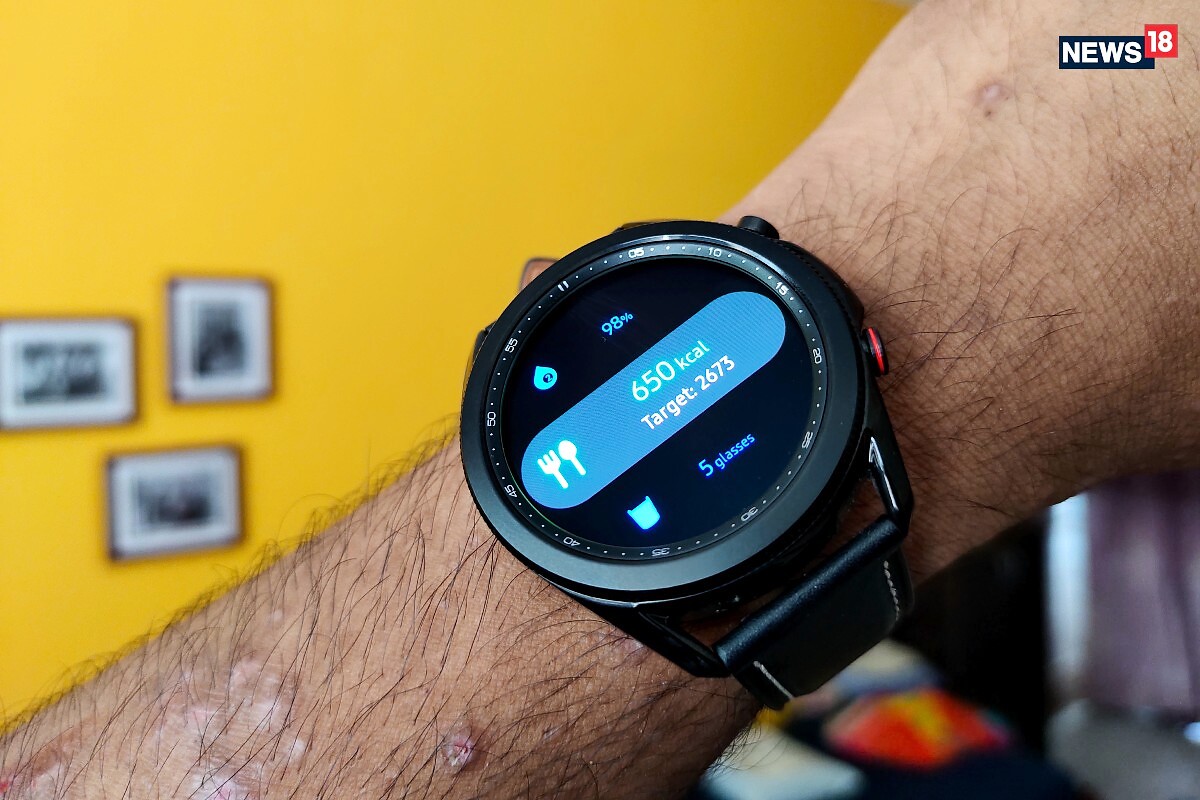
views
I’ll admit, I’ve never been one for smartwatches. One of the very first wearables that I strapped on to my wrist was a Fitbit, followed closely by the 1st generation Apple Watch that had just premiered in India. With the Fitbit (it was the Charge HR, 2015 edition), I’d quickly found a workaround to get my fitness scores without the band or its companion smartphone app bothering me too much. Naturally, the very purpose of a fitness wearable died upon me – someone so lazy that he’d rather spend time finding a workaround to tick off the app tasks, than actually working out.
Things, though, have changed over the past five years. Unlike the first generation Apple Watch from years ago, smartwatches have developed a number of actual utilities. Or so they say, at least. You can now leave your phone at home and just take your watch for a run. It comes with integrated connectivity too, so you can make full phone calls, reply to emails or send your mate a GIF, should you wish to – all from a watch. Things aren’t just frivolous – you can also track your health to a point where you might just get a life-saving alert from your wristband.
Even with all that, does a smartwatch really cut it as an essential gadget? Does it really aid your work, or urge you to get off the couch and start working out again?
For work, you really don’t need a smartwatch
There, I said it. For about two months now, I have constantly worn and worked with the Samsung Galaxy Watch 3. I’ve taken calls on it, scrolled through emails, viewed tweets, responded to WhatsApp messages, and so on. While many would say that this should qualify as being enough to make work more convenient, in truth it really doesn’t have a make-or-break impact.
For example, I could scroll through my emails thanks to the native Microsoft Outlook app on Samsung’s Tizen OS. However, I could not flag emails to follow-up later, delete them from the inbox or archive them – actions I regularly take from the Outlook app on my phone. I could view tweets when a push notification would show up from Twitter. However, I could not switch over to view profiles on Twitter, or even view an entire thread to better understand a tweet’s context.

The same problem persists for WhatsApp – due to the lack of a native app, I could only reply to incoming messages, but not view them later. The Apple Watch and any of the other Wear OS smartwatches would not face this problem, which I believe makes things slightly better. What really helped me was taking calls on the fly, and since I’ve spent a fair amount of time driving in the past couple of months, the phone call responding feature has been the biggest convenience so far.
Despite that, though, apart from phone calls, you will still largely always need to whip out your phone to do most things. While Wear OS smartwatches do have better app support, it is still too limited a screen space to go fully phone-free. Seeing that the real point behind owning an extra gadget to mirror your phone is to have extensive handsfree usage, even after over half a decade of smartwatches being around and wearable operating systems being developed – it still plays a bit-part role.
But, it does make a case for fitness
It is fitness that really made the most sense for me out of all the features that wearables come with. I’ve never been too proactive with chasing fitness goals. However, the regular activity reminders did manage to get me off the workstation at regular intervals, stretch around for some time, and resume work after a while. Even when I would skip a reminder to stretch, the pending green foot notification on the watch kept gnawing at me, until I’d eventually give up and take a brisk walk around.
Chasing the activity goals was fun, too. You never realise how subliminally you start working towards meeting the workout goals. The Galaxy Watch 3 has excellent exercise detection modes, and extensive ones at that. As a result, it was good fun to see the watch recognise automatically that I’m out for a run, and automatically record my jogging sessions. The accuracy, the logging of activity, and the day-wise goal-based activity tracking gave enough impetus to do something to stay fitter everyday.

I also started sleeping at more regular times, and drinking far more glasses of water than I did before. It is as a wellness assistant that wearables – even far less expensive ones like Huami’s new Amazfit Neo, really cut it. The wearables help you keep fitter on overall terms, and there’s no denying that even without going to a gym and with limited outdoor time, the fitness, health and wellness features of a wearable are undeniably compelling. If you’ve struggled with maintaining fitness, or have a history of cardiac irregularities, the wearables are worth the money, for sure.
If it’s a lifestyle choice, you’re better off with a chronograph
While it is a big tick on the fitness check box, I’m not particularly convinced about how smartwatches look. Sure, they have to have the big screen, and the screen sizes also must have the limitations of the wrist size. But, the software-produced chronograph watch face dials do not look anywhere close to actual chronographs.
Over time, the Apple Watch has succeeded in building a lifestyle identity for itself, and Samsung has managed to do something similar as well, with the Galaxy Watch. However, given a choice, if I were to have a budget of about Rs 40,000 for wrist gear, I’d rather buy a beginner chronograph and a dedicated fitness tracker – perhaps a Fitbit? The reasoning is clear.
You see, what will truly make sense of a smartwatch or a wearable for you are its fitness, health and wellness features. The smartwatch mirroring features can be nifty in moments, but you won’t miss them if you don’t have them. Combine that with the largely standardised design language of smartwatches, and chronographs are still the exponentially classier alternatives, at least if you’re looking at making a lifestyle purchase. Chronographs such as the Victorinox Alliance, the Hugo Boss Classic collection, the Tissot T-Classic and the likes look far classier than notable smartwatches from Samsung, Fossil and even Apple, and all cost around Rs 30,000.
With the remaining budget, wearables such as the Fitbit Charge 4 would make for a far more compelling choice. With them, you get notification-based app access, as well as a robust fitness ecosystem.
Verdict: Not essential, but not hogwash either
In the end, should you buy a smartwatch? No, but you should not ignore smart wearables entirely. Despite limited outdoor time, I found the Samsung Galaxy Watch 3 and even the limited fitness functionality of the Amazfit Neo compelling me to remain fitter, to become more active again. Smart wearables are surprisingly more adept at helping you adapt to a better wellness regime, and it is this that makes for a compelling use case, indeed.
Just don’t go splurging on a smartwatch because you think you wouldn’t need to whip out your smartphone too often for messages, calls and emails. You’ll still need plenty of your smartphone, and if fitness is not your game, you’re actually better off buying one of the wonderful analogue, non-smart and fully disconnected timepieces we recommended above.
Read all the Latest News and Breaking News here




















Comments
0 comment